BRTA to get slow vehicles off highways
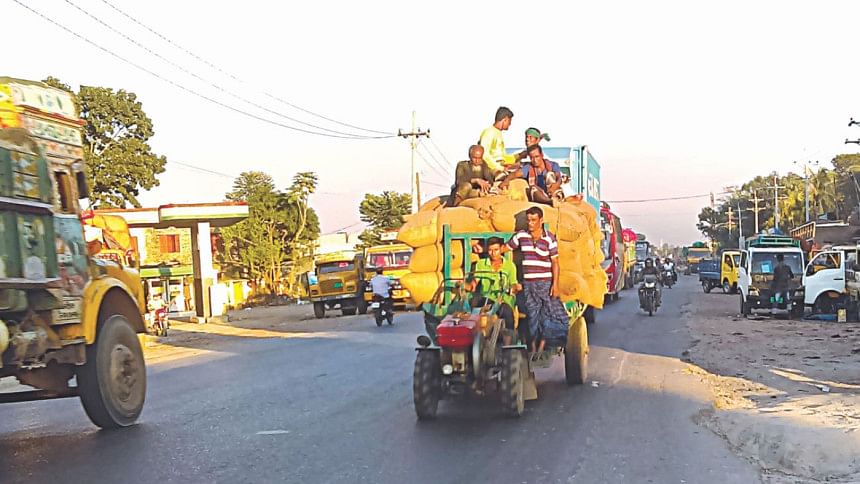
The government has asked Bangladesh Road Transport Authority (BRTA) to keep vehicles that are incapable of doing 60km per hour off the highways.
The directive comes at a time when low speed vehicles such as locally made three-wheelers Nosimon and Karimon are ubiquitous on the highways ignoring a ban and law.
Low speed vehicles and the fast ones on the same road remains one of the main causes for crashes that claim many lives every year, experts say.
BRTA will start executing the directive in a day or two, Nur Mohammad Mazumder, director (enforcement) of BRTA, said.
However, experts and road safety campaigners said the action would yield little and advised having lanes on highways for non-motorised and low speed vehicles.
The Daily Star found numerous Nosimon, Karimon and other three-wheelers on Dhaka-Tangail and Dhaka-Aricha highways last week.
Correspondents from different districts said the frequency of number three-wheelers seen on highways decreased, but they were still there.
Bangladesh has 3812.78km national and 4246.97km regional highways, Roads and Highways Department website says.
In 2,419 crashes in the first eight months of this year, at least 2,873 died. Of them, 381 were children 344 women. The incidents left 6,500 injured, according to National Committee to Protect Shipping, Roads and Railways (NCPSRR).
The non-government organisation said traffic rules violation was one of the main causes of the crashes.
According to police data, which experts say are under reported, around 3,000 crashes every year claim almost 2,700 lives and leave 2,400 injured.
The directive about low speed vehicle was issued last week by Road Transport and Highway Division. It was signed by Kamrul Ahsan, joint secretary of the Ministry of Road Transport and Bridges.
Citing section 4 (ga) of Highway Rules-2001, Kamrul told The Daily Star that vehicles not capable of 60km per hour speed cannot ply the highways.
Besides, the government banned all three-wheelers in 22 highways in August 2015. Nosimon and Karimon were banned on all highways.
“Our aim is to ensure road safety and that is why we issue such directives from time to time to remind people of the matter.”
For the first time, October 22 is going to be observed in the country as National Safe Roads Day to create awareness about road safety.
“The [latest] directive was given keeping the matter in mind,” Kamrul said.
Kazi M Shifun Newaz, assistant professor of Accident Research Institute at Bangladesh University of Engineering and Technology (Buet), said if implemented, the number of overtaking, which is a major reason behind crashes, would reduce.
But, no highway, except for a part of N-5 (Hatikumrul-Banpara) has a separate lane for low speed vehicles. Bans are often defied as a result of that, he said.
Besides, it is not possible for trucks laden with goods to go 60km per hour.
“I think, without a dedicated lane for slower vehicles, it will not be possible to implement the directive.”
Mozammel Haque Chowdhury, secretary general of Bangladesh Jatri Kalyan Samity said as long as there are no lane for low speed and non-motorised vehicles, drivers would continue to violate the directive.
He added that the government on several occasions issued similar directives that bore little fruit, he added.
BRTA director Nur Mohammad Mazumder said, “We conduct mobile courts regularly [to stop traffic rule violations]. We will beef up our efforts now,” he said.
Asked about having a lane for low speed vehicles, he said, “It will take time.”
Despite the mobile courts and issuance of similar directives time and again, he said low-speed vehicles remain on the highways as “people's tendency to violate law is very common. Besides, we have a lack of manpower.”
In fact, five of the 13 posts of executive magistrates in BRTA are vacant.

 For all latest news, follow The Daily Star's Google News channel.
For all latest news, follow The Daily Star's Google News channel. 

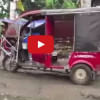
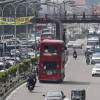

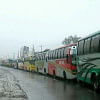
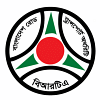


Comments